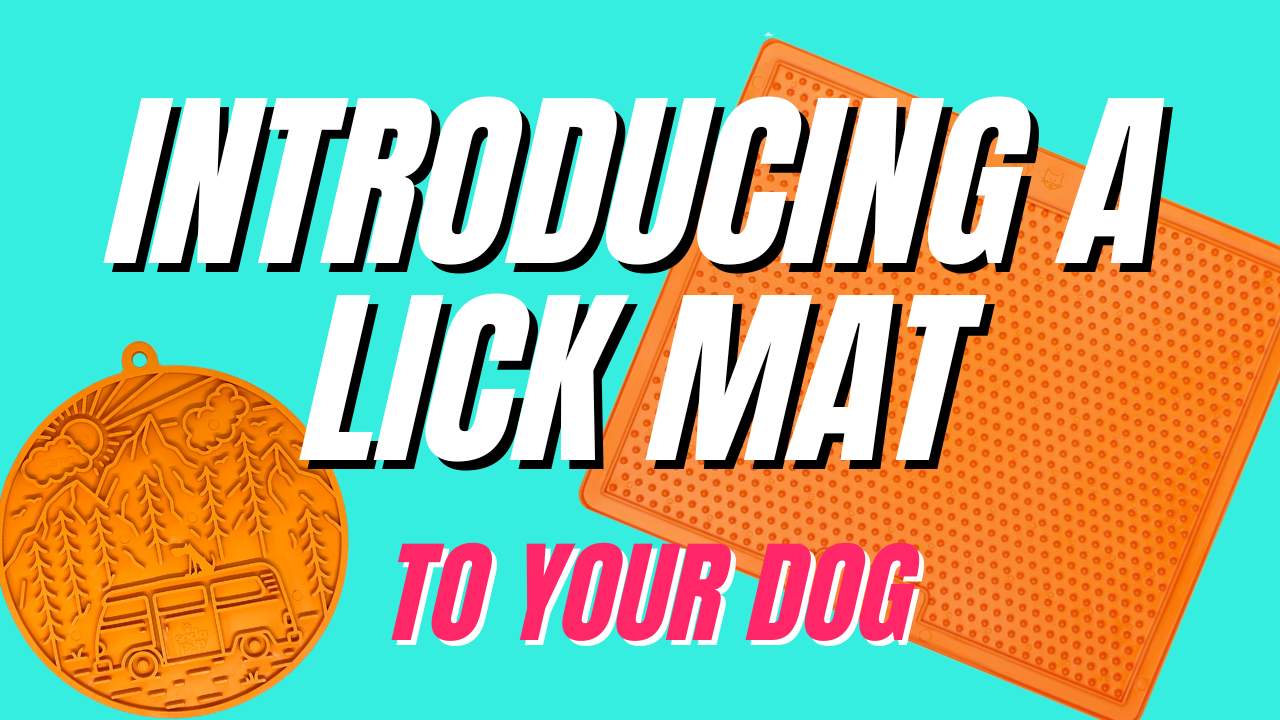Slow feeders have become a popular tool for promoting healthier eating habits in dogs. These specialised feeding bowls help prevent rapid consumption and encourage dogs to eat at a slower pace. If you’re considering using a slow feeder for your furry friend, this blog post will guide you through the process. We’ll provide you with valuable tips and step-by-step instructions on how to use a slow feeder effectively to maximise its benefits and enhance your dog’s mealtime experience.
Introduce the Slow Feeder Gradually
Start by introducing the slow feeder to your dog gradually. Place the slow feeder alongside their regular bowl during mealtime, allowing them to become familiar with its presence. This step helps your dog associate the slow feeder with positive experiences and reduces any apprehension or confusion.
Select the Right Slow Feeder
Choose a slow feeder that suits your dog’s size, breed, and eating style. There are various types of slow feeders available, including puzzle bowls, maze bowls, and interactive feeders. Consider the design and difficulty level that best matches your dog’s needs and preferences.
Transition to the Slow Feeder
Once your dog is comfortable with the presence of the slow feeder, gradually transition to using it exclusively. Start by placing a small portion of their regular food in the slow feeder, mixed with a bit of their favorite treats or wet food to entice them. Over time, increase the amount of food in the slow feeder until it becomes their primary feeding method.
Monitor Your Dog’s Progress
Observe how your dog interacts with the slow feeder. Pay attention to their eating pace and behaviour. The slow feeder should provide a challenge without causing frustration or stress. If your dog becomes overly frustrated or seems unable to navigate the obstacles, consider switching to a different slow feeder with a simpler design or larger openings.
Offer Supervision
During the initial stages of using a slow feeder, it’s important to supervise your dog’s mealtime. This allows you to ensure they are using the slow feeder correctly and not becoming anxious or overwhelmed. Stay nearby to offer encouragement and guidance as needed.
Clean and Maintain the Slow Feeder
Regularly clean the slow feeder to maintain hygiene. Some slow feeders are dishwasher-safe, while others require hand washing. Ensure that all food particles and debris are removed to prevent bacterial growth. Follow the manufacturer’s instructions for proper care and maintenance.
Be Patient and Encouraging
Using a slow feeder may require an adjustment period for your dog. Be patient and encouraging throughout the process. Offer positive reinforcement and praise as they successfully navigate the obstacles. Remember, the goal is to promote healthier eating habits and a more enjoyable mealtime experience for your furry companion.
Using a slow feeder for dogs can be a game-changer when it comes to promoting healthier eating habits and preventing issues like rapid consumption and overeating. By gradually introducing the slow feeder, selecting the right design, transitioning gradually, monitoring your dog’s progress, offering supervision, and maintaining cleanliness, you can effectively utilise this valuable tool. Remember, patience and encouragement are key as your dog adapts to the slow feeder. With time, they will embrace the challenge and enjoy the benefits of a slower, more mindful approach to their meals.



